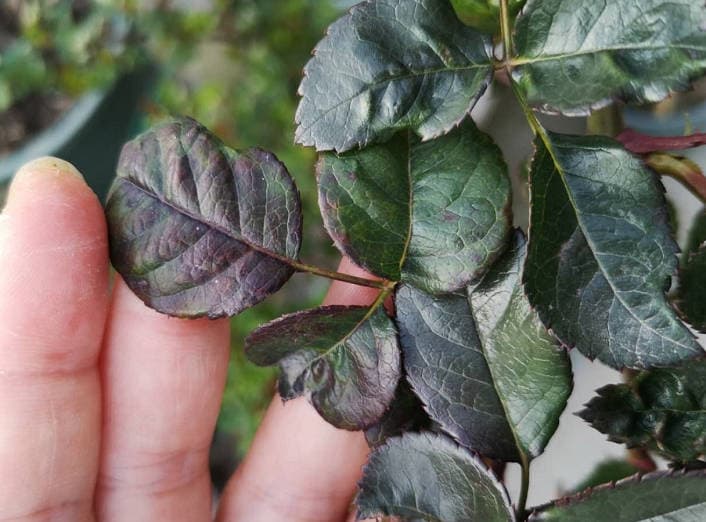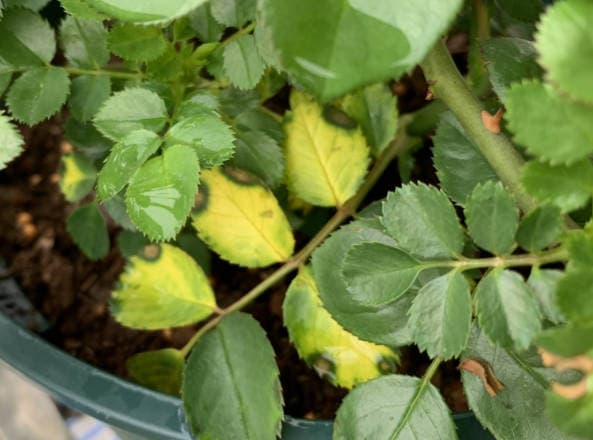Why Rose Leaves Fall When Touched (Not Disease!)
If your rose leaves fall off when touched, don’t panic! This is often not a disease but a natural process, Here’s why roses do this today.

Reasons why leaves fall off at the touch of a rose after germination
Normally, it’s germination time for roses, and the new growth doesn’t usually show yellowing or leaf drop. However, it is important to note that not all leaves are new growth in the spring.

In particular, many roses have not yet leafed out during the warmer temperatures of last winter. Some roses have lost their leaves, but they germinate very early, and some varieties have even begun to germinate and grow a few leaves during the winter. Because of the variable temperatures, these early-growing leaves may grow slowly or stop growing. Come spring, new leaves continue to grow, and it may look like all the leaves are on the new buds, but they are not actually all new leaves.

Those leaves at the bottom actually grew over the winter and have been greatly weakened by the cold and frost. With the arrival of spring, the new shoots consume a lot of nutrients, and these older leaves at the bottom will fall off naturally. As a result, they fall off at the slightest touch.
This is a normal metabolic process and is not due to illness or problems with the rose’s growth, so there is no need to worry too much.
Are spots on old leaves in early spring black spot disease?

In addition to old leaves falling off on their own, careful gardeners will also notice that old leaves often have obvious black or purplish-red spots on them. So are these spots black spot?
Generally speaking, the disease is less likely to occur in the winter. Of course, if black spot is not treated in the fall, it may carry over into the winter. But in most cases, the spots on older leaves of early spring roses are natural age spots.

This is due to the accelerated aging of the rose foliage during the winter months after frosts and cold winds have caused the formation of age spots. Again, this is a normal metabolic process and does not indicate plant disease, and such spots are not contagious to other healthy leaves.





